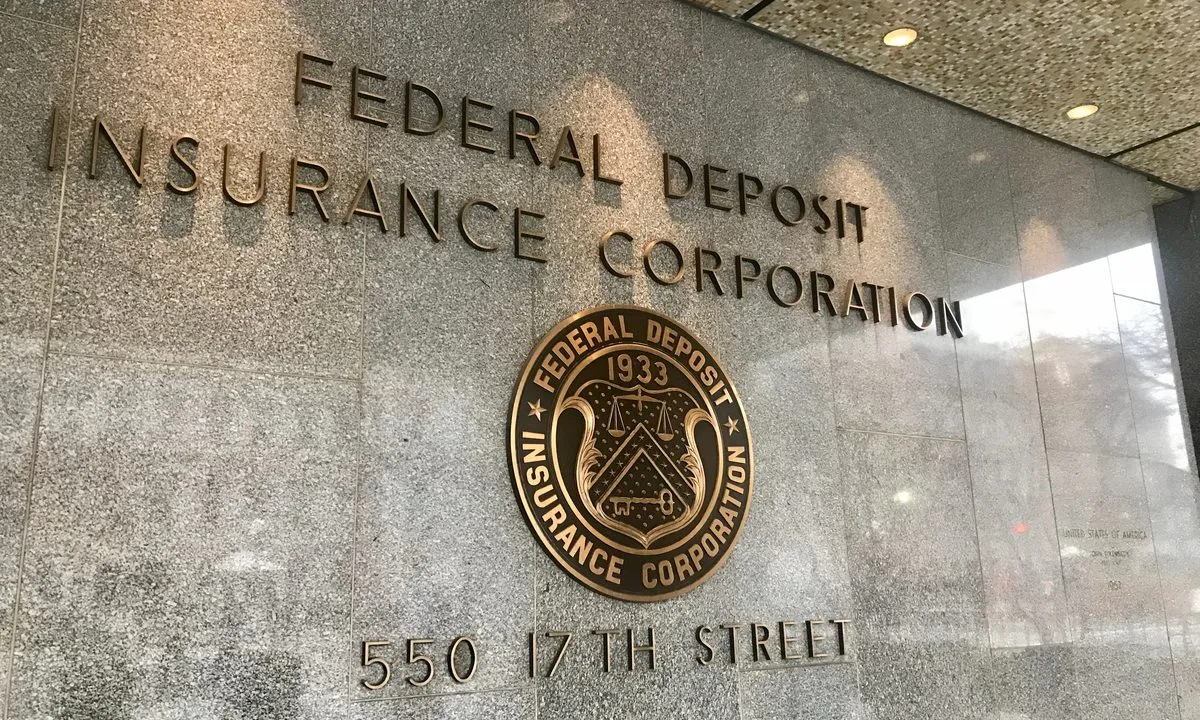 CaryptosHeadlines Media Has Launched Its Native Token CHT.
Airdrop Is Live For Everyone, Claim Instant 5000 CHT Tokens Worth Of $50 USDT.
Join the Airdrop at the official website,
CryptosHeadlinesToken.com
CaryptosHeadlines Media Has Launched Its Native Token CHT.
Airdrop Is Live For Everyone, Claim Instant 5000 CHT Tokens Worth Of $50 USDT.
Join the Airdrop at the official website,
CryptosHeadlinesToken.com
- Wells Fargo predicts Bitcoin’s rebound as the U.S. dollar weakens, signaling a potential bullish reversal.
- Bitcoin faces key resistance at $85,000, with analysts watching macro trends for its next major rally.
Wells Fargo analysts suggest Bitcoin could recover as the U.S. dollar declines. Their research highlights Bitcoin’s inverse correlation with the Dollar Index (DXY), indicating a potential price surge.
Bitcoin’s pullback in early 2025 coincided with a strong dollar, but recent DXY weakness could reverse that trend. With Bitcoin trading near key resistance at $85,000, a breakout could drive it toward new highs.
Bitcoin’s Correlation with the U.S. Dollar
Wells Fargo’s analysis links Bitcoin’s recent price movements to shifts in the U.S. Dollar Index. The DXY surged nearly 10% from late 2024 to January 2025, peaking at 110.176. During this period, Bitcoin pulled back by 23% from its highs. However, as the DXY fell over 6% to 103.197, Bitcoin started showing signs of recovery.
“BTC has consistently tracked the inverted DXY on a 10-week lag, suggesting the current drawdown is a reaction to the strong dollar in 4Q24, & that the weak environment we have seen since the DXY peaked on January 13 may be more constructive going forward.”
Source: Wells Fargo pic.twitter.com/PeqUdDpVQv
— matthew sigel, recovering CFA (@matthew_sigel) March 19, 2025
Bitcoin’s anti-correlation with the DXY suggests that investors shift funds between the two assets based on macroeconomic conditions. During periods of dollar strength, investors favor the USD as a haven, leading to Bitcoin’s decline.
Conversely, as the dollar weakens, risk appetite increases, benefiting Bitcoin. With the DXY’s recent drop, Wells Fargo suggests Bitcoin may be set for a price recovery, reversing its current downtrend.
Bitcoin’s Price Action and Key Resistance Levels
Bitcoin’s price movement in March 2025 has been volatile. It briefly surged past $85,800 but struggled to maintain momentum. Current support sits around $82,500, while strong resistance remains at $85,000. Multiple attempts to break this resistance have failed, but a breakout above $86,000 could trigger a rally toward $90,000 and beyond.
According to our recent report, the Federal Reserve’s recent decision to keep interest rates at 4.5%, Bitcoin jumped 3.5%, touching $86,000. Federal Reserve Chair Jerome Powell signaled potential rate cuts in 2025, which could further boost risk assets like Bitcoin. However, Bitcoin needs to hold above $85,500 to confirm a sustained bullish trend.
Global Economic Factors and Long-Term Outlook
Wells Fargo notes that Bitcoin’s price typically lags behind the U.S. Dollar Index (DXY) by 10 weeks, suggesting its recovery may follow the dollar’s recent decline. While Bitcoin remains 26% below its January 2025 peak of $109,000, historical trends indicate a potential rebound.
However, on-chain data from CryptoQuant, including MVRV, SOPR, and NUPL, shows declining liquidity and whale sell-offs, signaling a possible bearish phase.
As discussed by ETHNews, CryptoQuant CEO Ki Young Ju believes Bitcoin’s bull cycle has ended, forecasting a sideways or bearish trend for six to 12 months. His analysis, based on past cycles, suggests Bitcoin peaked near $100,000 before triggering a sell signal in early 2025.
Meanwhile, market analysts predict Bitcoin’s next major rally could occur in 2026, based on historical market cycles. A 150-year-old chart tracking economic conditions suggests that 2026 could be a ‘good times’ phase for Bitcoin, aligning with long-term bullish expectations.













